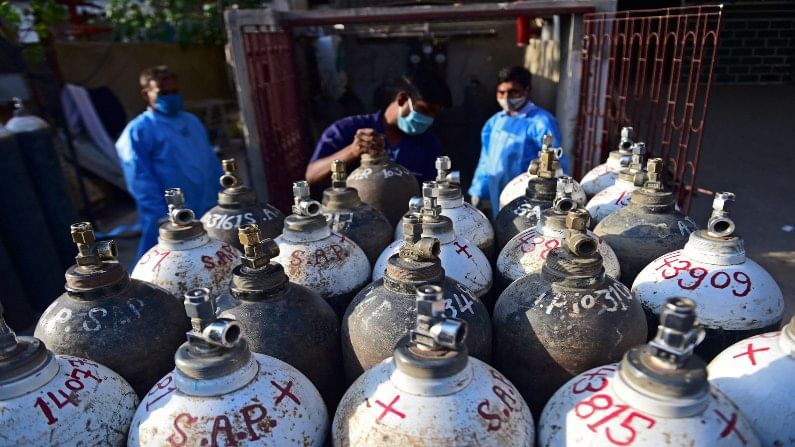Lower oxygen supplies to temporarily impact these five sectors: Crisil
The impact will be greater for companies in Maharashtra, New Delhi, Rajasthan, Madhya Pradesh and Gujarat, where medical oxygen demand has increased multiple times due to high Covid-19 case loads

With demand for medical oxygen soaring, the central government has barred industrial use (except by nine sectors) from April 22, 2021. Demand for medical oxygen is estimated to have rocketed five-fold in the second week of April versus pre-pandemic levels as Covid-19 infections took off. The consequent higher supply of medical oxygen will save lives, but will have a bearing on some sectors.
Gautam Shahi, Director, Crisil Ratings said, “The disruption in the supply of oxygen for industrial use would temporarily impact the revenues of small and mid-sized companies into metal fabrication, automotive components, shipbreaking, paper, and engineering. These typically do not have captive oxygen plants and source their requirement through merchant suppliers for operations such as welding, cutting, cleaning and chemical processes.”
Setting up an air-separation plant or importing oxygen requires significant lead time and involves relatively prohibitive cost, so is not a viable option. That leaves them more vulnerable compared with larger peers.
Oxygen is consumed by industry in two ways – onsite, and merchant sales. Onsite is through captive plants for process-driven industries (including the nine sectors exempted by the government), which account for 75-80% of oxygen manufactured in India. The balance 20-25% is supplied through merchant sales (called liquid oxygen) through cryogenic tanks and cylinders. The healthcare sector consumes around 10% of merchant sales, and others the rest.
Sushant Sarode, Associate Director, Crisil Ratings said, “At this juncture, we believe that the disruption in oxygen supplies for industrial use will be for 6 to 8 weeks. Besides, affected sectors can partly manage their oxygen requirements with inventory. Therefore, we expect only a limited decline in revenue for them. Their credit profiles are expected to be stable.”
However, a prolonged and intense second wave that curtails oxygen supply to industries for a longer period than expected will exacerbate downside risk in affected sectors. The impact will be greater for companies in Maharashtra, New Delhi, Rajasthan, Madhya Pradesh and Gujarat, where medical oxygen demand has increased multiple times due to high Covid-19 case loads.

